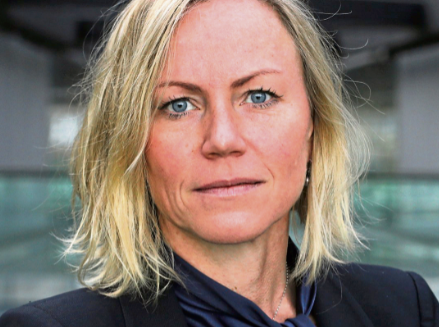
Few would doubt that the global energy industry is facing huge challenges as it transitions to a low carbon future. But most would agree that, with the sector’s usual combination of innovation and commitment, these can be overcome.
The same could perhaps be said of the diversity and inclusion challenge. It is clearly a significant task, particularly within the most long-established segments of the energy industry such as oil and gas, but history indicates it is not insurmountable. Looking at both my own organisation and those of the energy clients we work with, it’s notable how many more women are now involved in senior roles. Why? At EY it is in part the result of a conscious decision made some years ago that diversity of thinking, represented by a diversity of people, was central to our success in helping clients navigate today’s challenges. For my client firms, many of whom work in renewables, their relatively high levels of diversity may relate more to that sector’s status as a young, fast-growth industry.
In oil and gas a 2019 EY survey found that 73% of those working within the sector believe that more needs to be done in attracting, retaining and promoting women, while 94% agreed that diversity of thought and experience was key to navigating disruption in oil and gas. With the problem firmly recognised and its strategic importance fully understood, the motivation is clearly in place, but how can it best be realised?
Speaking from personal experience, one thing I have observed in my career in energy is the power of positive support, whether that be through mentoring or networks. For that reason, I play an active role in mentoring staff at EY and take part in networks across the industry.
These, I believe, play a vital role in helping create the holistic approach that is necessary to promote diversity and inclusion. If a narrower approach is taken by, for example, focusing solely on recruitment, the danger is that without the right culture and support networks new staff may not find the right climate to thrive. Without that conducive environment, the pipeline of new talent will soon run dry. As a leader within EY, it is satisfying to see the impact that such a holistic approach can have, with the number of women in senior roles now vastly outnumbered by those rising through the ranks, suggesting a more diverse future.
Returning to our oil and gas survey, 98% of respondents agreed that their industry was experiencing a period of monumental change, with that disruption due to the fall in oil price, geopolitical instability and climate change. This has led to the fear that recruitment of the best new talent could become a major challenge – just at the very time when fresh minds, new skills and diverse thinking have never been more necessary.
Yet within that challenge is opportunity. As oil and gas majors lay out their exciting visions, the sector has an opportunity to engage with graduates and the wider public as an industry committed to green innovation. This could prove a turning point for attracting the diverse workforce and thinking needed to power a low carbon future.
Josephine Bush is Energy Partner at EY
Recommended for you
